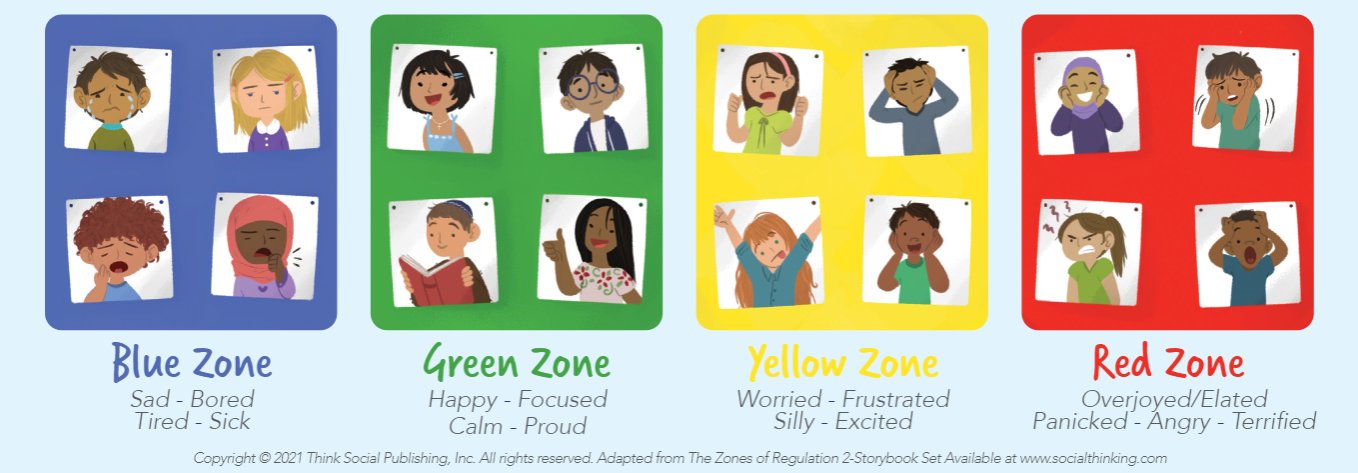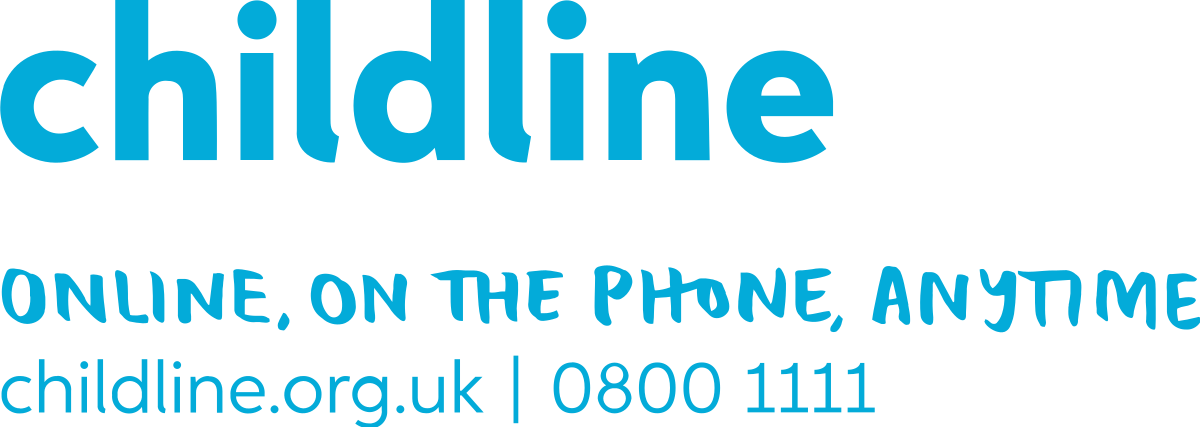- Home
- About Us
- Mental Health and Wellbeing
Mental Health and Wellbeing
Our pupils' mental health and wellbeing is the centre of everything we do at Perry Hall. We believe that good mental health in children is fundamental for them to be able to thrive in life. If we’re not tackling mental health problems early, then we risk failing the next generation right at the start of their lives. At Perry Hall, we base our wellbeing philosophy on 'The Five Ways to Wellbeing', a research project by the New Economics Foundation's wellbeing think tank.
We all have mental health, just as we all have physical health. Being mentally healthy means that we feel good about ourselves, make and keep positive relationships with others and can feel and manage the full range of emotions. Often, life events that are outside our control can damage our mental health, and this is made worse if we feel powerless to do anything about them. One of the ways we can re-gain a sense of control and nourish our mental health is to remember the Five Ways to Wellbeing:
Connect...
With the people around you. With family, friends, classmates, teachers and neighbours. At home, school or in your local community. Think of these as the cornerstones of your life and invest time in developing them. Building these connections will support and enrich you every day.
Be Active...
Go for a walk or run. Step outside. Cycle. Play a game. Garden. Dance. Exercising makes you feel good. Most importantly, discover a physical activity you enjoy and that suits your level of mobility and fitness.
Take Notice...
Be curious. Catch sight of the beautiful. Remark on the unusual. Notice the changing seasons. Savour the moment, whether you are walking to school, eating lunch or talking to friends. Be aware of the world around you and what you are feeling. Reflecting on your experiences will help you appreciate what matters to you.
Keep Learning...
Try something new. Take part in a new activity or club. Learn a new skill, such as riding a bike. Learn to play an instrument or how to cook your favourite food. Set a challenge you will enjoy achieving. Learning new things will make you more confident as well as being fun.
Give...
Do something nice for a friend, or a stranger. Thank someone. Smile. Volunteer your time. Join a community group. Look out, as well as in. Seeing yourself, and your happiness, linked to the wider community can be incredibly rewarding and creates connections with the people around you.
Click here to learn more about the 'Five Ways of Wellbeing' and the research behind it
Mental health and wellbeing is explicitly taught through PSHCEE as well as being threaded throughout the wider curriculum. Themes and books have been specifically chosen to support the Five Ways of Wellbeing. Our enhanced enrichment and extra-curricular offer all further supports our pupils' wellbeing. This includes our trips and visits, our wellbeing garden, use of outdoor spaces and access to a variety of clubs. Our pupils also benefit from a supportive listening ear from both the adults in school but also from our Perry Hall animals.
The Zones of Regulation
At Perry Hall, we also use 'The Zones of Regulation', a research based programme designed to foster self-regulation and emotional control in children. This proactive, skills based approach, teaches our pupils:
- To identify their feelings and levels of alertness
- To understand their feelings in context
- Effective regulation tools
- To problem solve positive solutions
- To understand how their behaviours influence other's thoughts and feelings
The four Zones are:
The Red Zone is used to describe extremely heightened states of alertness and intense emotions. A person may be elated or experiencing anger, rage, devastation, or terror when in the Red Zone.
The Yellow Zone is also used to describe a heightened state of alertness and elevated emotions, however one has more control when they are in the Yellow Zone. A person may be experiencing stress, frustration, anxiety, excitement, silliness, the wiggles, or nervousness when in the Yellow Zone.
The Green Zone is used to describe a calm state of alertness. A person may be described as happy, focused, content, or ready to learn when in the Green Zone. This is the zone where optimal learning occurs.
The Blue Zone is used to describe low states of alertness and down feelings such as when one feels sad, tired, sick, or bored.

Outside Services
Bromley Y promotes the emotional wellbeing and mental health of children, young people and families by enabling change, fostering resilience and helping them build healthy relationships. They offer free support and counselling for children, young people and their families.
Click here to find out more about Bromley Y
The Maypole Project provides emotional well-being to the whole family when a child has been diagnosed with a complex medical need, special education need (such as ASD or ADHD) or disability:
Click here to find out more about The Maypole Project
Bromley Children Project is a borough wide service that supports families living in Bromley to create a safe, secure and happy environment for all children and families by offering quality targeted parenting courses, one to one family support and impartial information and advice for parents and carers.
Click here to find out more about the Bromley Children Project
Living On is a locally based bereavement support charity for children and young people.
Click here to find out more about Living On
Useful Websites
Mind - Information for Children and Young People
Mental Health Foundation - Guide for Parents and Carers




